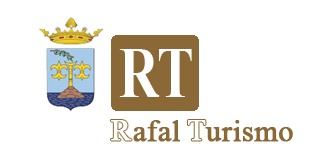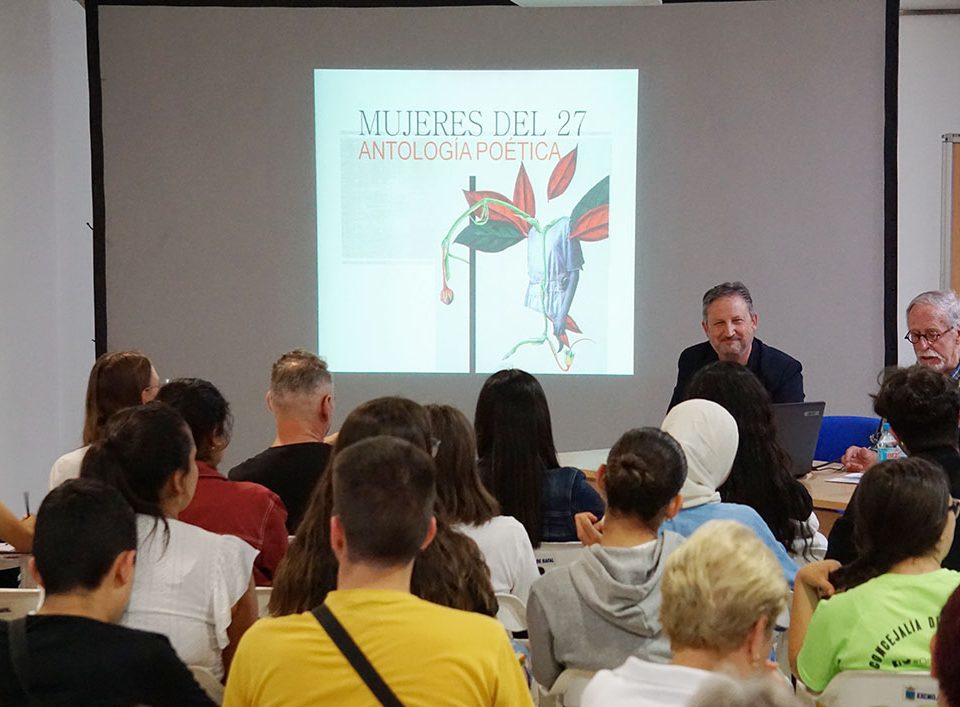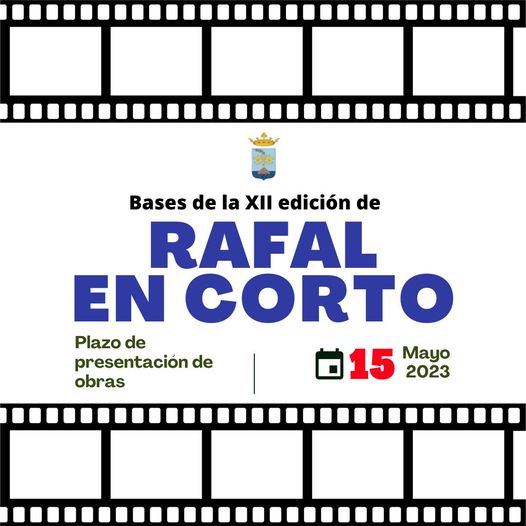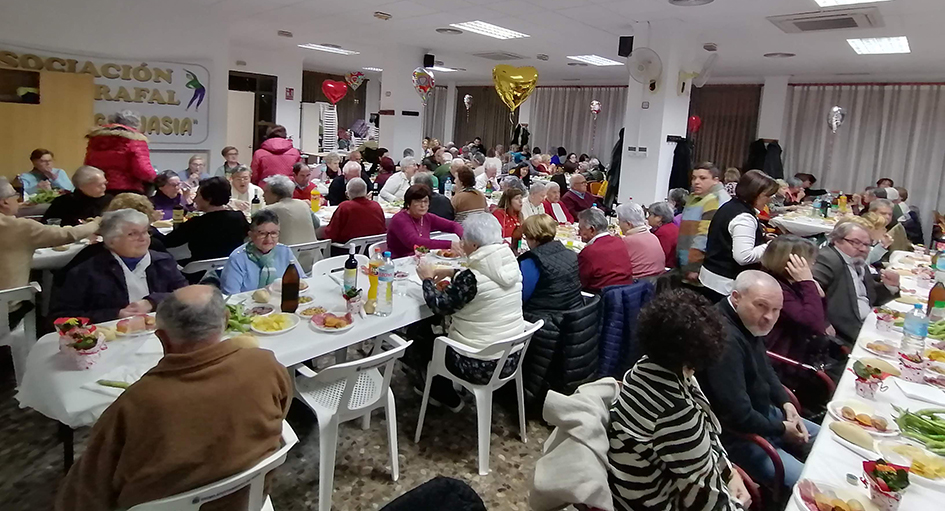Museo Etnológico de Rafal: historia colectiva

El camino del marqués de Rafal, nuevo proyecto turístico
25 enero, 2022
La barraca tradicional rafaleña
8 febrero, 2022Aunque de pequeño tamaño, el municipio de Rafal cuenta con un interesante patrimonio cultural que comparten y del que se sienten orgullosos todos sus habitantes.
El origen etimológico del municipio de Rafal deriva del término árabe RÁH(AL). En la zona de levante del antiguo reino de Al-Andalus, esta palabra tiene como significado aproximado “casa de campo, granja o propiedad rústica particular con algún edificio y considerable extensión de tierras de cultivo, por lo general, de carácter aristocrático”.
Una denominación más que acertada, en el caso de relacionarla con uno de los edificios con más importancia cultural de la localidad.
Se trata de la ‘Casa grande’, el inmueble que otrora fuera la residencia del primer marqués de Rafal, D. Jerónimo de Rocamora y Thomas. Una vivienda señorial que, en otros tiempos, ha servido para cumplir las funciones de Ayuntamiento y biblioteca municipal, pero que en la actualidad alberga su museo etnológico.
Abrió sus puertas el 12 de septiembre de 2015 con motivo del 375 aniversario de la fundación de Rafal como municipio independiente a iniciativa del propio marqués. Su principal finalidad es la de estudiar y comparar la manera de vivir de las sociedades antiguas, comparándolas con la actual.
La exposición permanente de este museo pretende recrear cómo era una casa del siglo XIX perteneciente a la clase media. Recoge una colección de enseres y objetos antiguos para mostrar al visitante, a través de sus instrumentos y herramientas de labranza, la forma de vida de los rafaleños y rafaleñas del siglo pasado, una población eminentemente dedicada a la agricultura.
Situado en la plaza de ‘La Parrala’ o de la Constitución, como se la conoce, este museo cuenta con la peculiaridad de que todas sus piezas han sido donadas por los habitantes de Rafal. Una historia colectiva construida por sus propios vecinos, y que a partir de este año se verá impulsada a través del proyecto turístico municipal para realzar la figura y la influencia del marquesado de Rafal mediante visitas guiadas a este museo y a otros puntos de interés de la localidad.
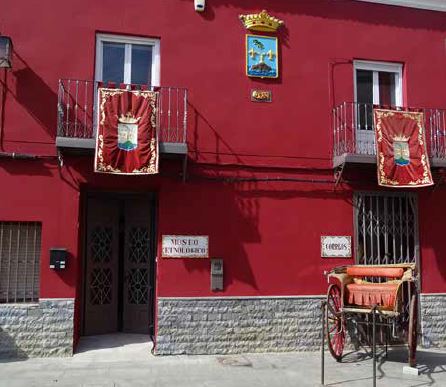
Rafal Ethnological Museum: collective history
Although maybe small in size, the municipality of Rafal has an interesting cultural heritage that all its inhabitants share and are proud of.
The etymological origin of the municipality of Rafal derives from the Arabic word RÁH(AL). In the eastern part of the ancient kingdom of Al-Andalus, this word has the approximate meaning of “country house, farm or private rustic property with a building and a considerable extension of cultivated land, generally of an aristocratic nature”.
A more than accurate name, in the case of relating it to one of the most culturally important buildings in the village.
It is the ‘Casa Grande’ (‘big house’), the building that was once the residence of the first Marquis of Rafal, D. Jerónimo de Rocamora y Thomas. A stately home which, in other times, has served as the Town Hall and municipal library, but which now houses its ethnological museum.
It opened its doors on 12 September 2015 on the occasion of the 375th anniversary of Rafal’s foundation as an independent municipality, all on the initiative of the Marquis himself. Its main purpose is to study and compare the way of life of ancient societies, comparing them with the present day.
The permanent exhibition of this museum aims to recreate what a 19th century house belonging to the middle class was like. It brings together a collection of antique belongings and objects to show visitors, through their farming tools and implements, the way of life of its inhabitants during the last century, a population eminently dedicated to agriculture.
Located in ‘La Parrala’ or ‘Constitución’ square, as it is known, this museum has the peculiarity that all its pieces have been donated by the inhabitants of Rafal themselves. A collective history built by its own residents, and that from this year will be promoted through the municipal touristic project to enhance the figure and influence of the Marquisate of Rafal through guided tours of this museum and other points of interest in the town.
